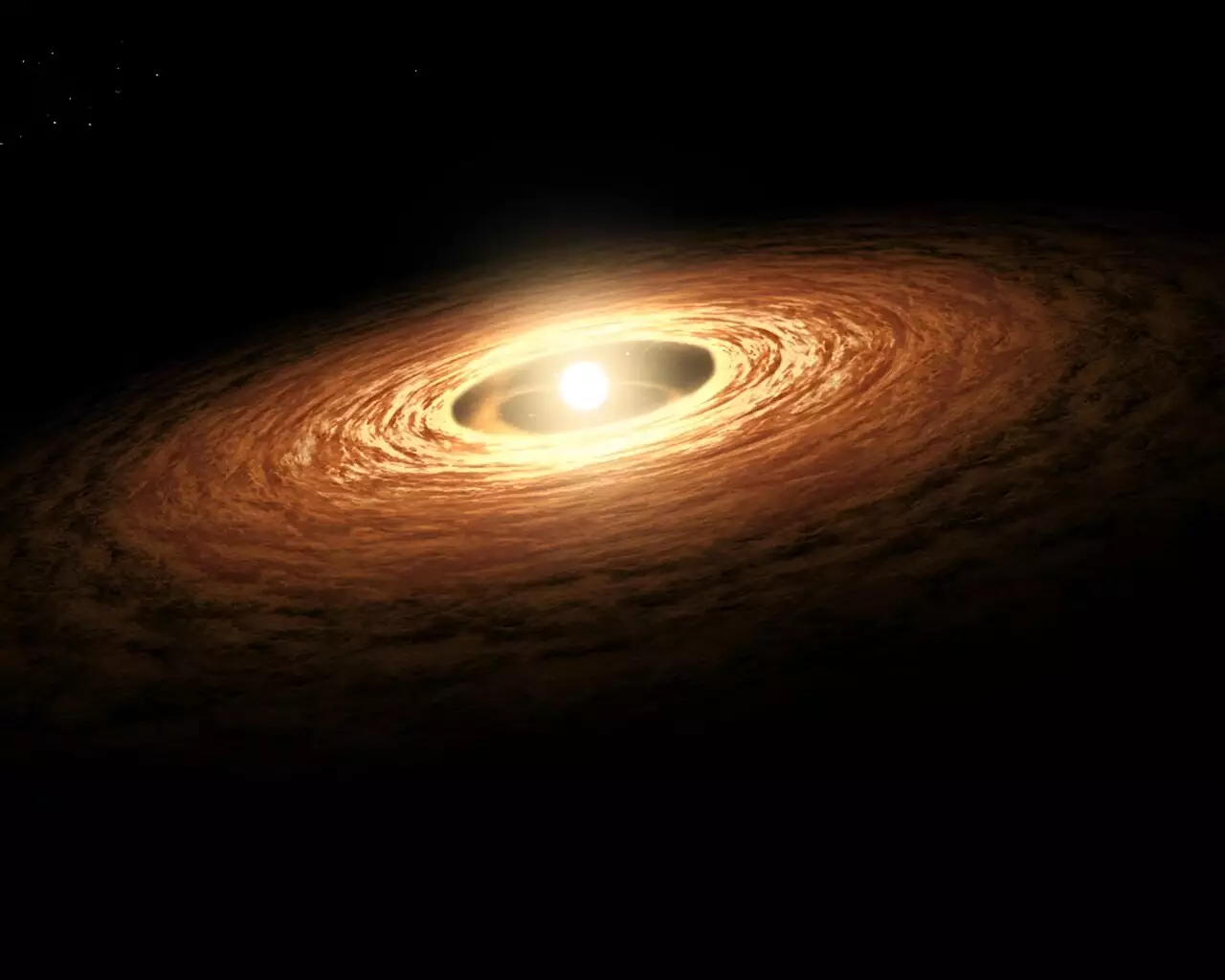

In a stunning revision of astronomical history, recent research has unearthed compelling evidence suggesting that the origins of beryllium-10, a rare radioactive isotope, are far more intricate than previously believed. Traditionally thought to be synthesized in the explosive aftermath of supernovae, it appears that this isotope predates such cosmic cataclysms, prompting scientists to reassess the early conditions of our solar system and the processes that shaped it. The implications of these findings extend beyond the confines of our solar system, potentially reshaping our understanding of galactic evolution as a whole.
Conducted by a team of scientists at the Department of Energy’s Oak Ridge National Laboratory (ORNL), the recent study focuses on beryllium-10, which has roots dating back to the formation of the solar system approximately 4.5 to 5 billion years ago. This isotope’s presence in ancient meteorites has triggered an investigation into its formation, with researchers looking into whether supernova explosions could account for its quantities detected in these celestial remnants. According to Raphael Hix, a nuclear astrophysicist at ORNL, evidence increasingly suggests that supernovae are unlikely to be the primary source of beryllium-10. Instead, this isotope likely finds its genesis in cosmic ray spallation.
The prospect of cosmic ray spallation as a key mechanism for beryllium-10 production marks a significant departure from established paradigms in astrophysics. Cosmic rays—comprising high-energy protons and other isotopes that traverse the universe at nearly the speed of light—interact with elements in the interstellar medium, such as carbon-12. These high-energy impacts can shatter carbon nuclei, leading to the creation of isotopes like beryllium-10. This re-evaluation of beryllium-10’s origin highlights a profound complexity in nucleosynthesis, the process by which stars create new elements.
Beryllium-10 is recognized for its relatively short half-life of 1.4 million years, which presents a unique puzzle for scientists hoping to understand its timeline in the cosmos. The fact that this isotope has been discovered along with boron-10—a decay product found in meteorites—fuels the argument that beryllium-10 was indeed part of our solar system’s formative period. The connection between these isotopes serves as a crucial piece of evidence, indicating that fresh beryllium-10 existed when the solar system was coalescing. State-of-the-art computational models utilized by ORNL researchers provided invaluable insights into the production rates of various isotopes during supernova events, reinforcing the notion that our traditional views on stellar death and elemental synthesis might need substantial revision.
The groundbreaking findings emerged from fruitful collaborations spanning multiple institutions, where researchers pooled expertise to fine-tune our understanding of beryllium-10’s production. Utilizing advanced computational resources at the National Energy Research Scientific Computing Center, they reexamined old data with a fresh perspective. Much of this effort was driven by the realization that previous models had underestimated the rates at which beryllium-10 transforms into other isotopes. By uncovering new reaction rates that are exponentially faster than those established over fifty years ago, the research team successfully demonstrated that previous beliefs concerning supernovae as the sole creators of beryllium-10 were fundamentally flawed.
As scientists assimilate these new discoveries, the implications are profound. The revelation that supernovae are likely not the source of beryllium-10 necessitates fresh inquiries into alternative origins for this isotope. This could lead not only to a reevaluation of solar system formation theories but also to a broader reconsideration of how elements are generated across the universe. The exploration of cosmic ray spallation as a more plausible source has the potential to unlock further secrets regarding the life cycle of stars and their contributions to galactic chemistry.
Ultimately, the journey into understanding beryllium-10’s origins is emblematic of the ever-evolving nature of scientific inquiry. As more data emerges and new methodologies are applied, our perspective on the universe continues to shift. Each study presents not just answers, but additional questions that guide the exploration of cosmic phenomena. With the continuing advancement of technology and theory, the astrophysical community is better poised than ever to confront these intriguing mysteries, paving the way for future discoveries that could reshape our comprehension of the cosmos.
In an era where the digital landscape is continuously evolving, the advent of quantum technology…
In a ground-breaking advancement in organic chemistry, Professor Max Martin Hansmann and his research team…
As our planet experiences escalating temperatures, the fierce rise of large-scale wildfires has become a…
The quest for a long, healthy life often leads us to consider the vital role…
For years, scientists have been captivated by the peculiar anomaly in Earth's magnetic field known…
California's Central Valley, often heralded as "America's breadbasket," is the backbone of agricultural production in…
This website uses cookies.